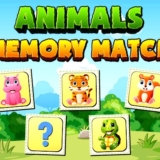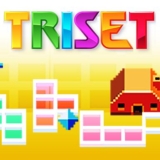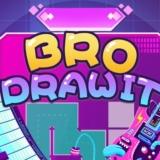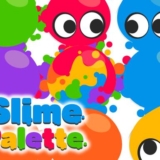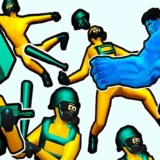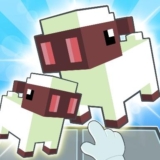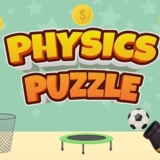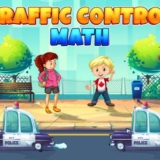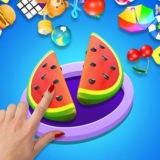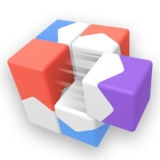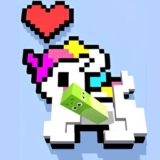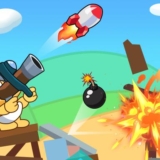Introduction and How to Play the Memory Emoji Game
The Memory Emoji game is a fun and engaging way to test your memory and quick-thinking skills. As a digital variation of classic memory card games, this game offers a modern twist by using emojis as the key elements. Whether you are playing it casually or looking to improve your concentration and cognitive abilities, Memory Emoji is a game that provides both entertainment and mental exercise.
What is the Memory Emoji Game?
In Memory Emoji, the primary objective is to match pairs of identical emojis from a grid of face-down cards. It’s a game designed to challenge your short-term memory as you try to remember where certain emojis are located on the grid. The more you play, the sharper your memory becomes, as you work to recall the locations of emojis based on the clues provided by the game.
The game often includes a variety of emojis—expressive faces, animals, objects, and other fun symbols—making it visually appealing and more dynamic compared to traditional card matching games.
How to Play Memory Emoji
1. Starting the Game
When you first launch the game, you’ll typically see a grid of face-down cards, each representing a different emoji. The number of cards can vary, but most versions of Memory Emoji use grids of 4×4, 6×6, or even larger sizes, depending on the level of difficulty you select. You will start the game by clicking or tapping on any two cards to reveal the emojis beneath.
2. Flipping Cards
To begin playing, simply flip over two cards by tapping or clicking on them. Each card will reveal an emoji. If the emojis on both cards match, they remain visible, and you have successfully paired them. If the emojis do not match, the cards will flip back over after a brief moment, and you’ll need to try again.
3. Objective
The main goal of Memory Emoji is to match all pairs of emojis in the shortest amount of time or with the fewest moves. The challenge lies in remembering the positions of the emojis as you progressively reveal more pairs, while avoiding accidental flips that could lead you to forget the location of previously seen emojis.
4. Game Levels and Difficulty
Most versions of Memory Emoji offer multiple difficulty levels. At the easiest level, the grid might only contain a few pairs of emojis, and there is more time to memorize the positions. As you increase the difficulty, the number of cards increases, and the game can become faster-paced, requiring you to remember more emojis at once. Some versions also introduce a time limit or a limited number of attempts, which adds an additional layer of challenge.
5. Game Mechanics
- Score and Time: Some versions of the game track how many attempts it takes you to match all the pairs and how much time it takes to finish the game. This is typically used for competitive play, where you can aim to beat your previous high score or the scores of other players.
- Hints and Power-ups: Depending on the game version, there may be power-ups available to assist you during gameplay. These can include features like showing you the location of a random card, providing extra time, or allowing you to flip more than two cards at once. However, using these power-ups often comes at the cost of points or progress.
6. Winning the Game
You win the game once all the emoji pairs have been successfully matched. The game may then display your score, time taken, and the number of moves you made. If you’re playing in a timed mode, your goal is to complete the matching process as quickly as possible. In some versions, you can challenge yourself further by increasing the difficulty or trying to match pairs with fewer attempts.
Tips for Success in Memory Emoji
- Start with a Strategy: In the early stages of the game, try to remember the positions of one or two cards at a time. As you progress, try to recall where the remaining cards are located, creating a mental map of the grid.
- Take Your Time: While Memory Emoji may seem like a race against time, rushing through the game can lead to more mistakes. Take a moment to think and focus on the cards you’ve already flipped.
- Use Logical Deduction: If you reveal a card and remember where its match is located, try to logically deduce which cards are likely to match based on the remaining open cards. This will help reduce the number of unnecessary flips.
- Practice and Repetition: Like any memory-based game, the more you play, the better you’ll get. Regular practice can help you improve your memory and speed over time, making it easier to remember where emojis are located.
- Stay Calm and Focused: The key to success in Memory Emoji is staying calm and not panicking when you can’t remember a card’s location. Take deep breaths and stay focused—your memory will improve with practice.
Conclusion
The Memory Emoji game offers an enjoyable way to improve your memory and concentration skills while having fun with colorful and expressive emojis. Its simple rules and intuitive gameplay make it accessible to players of all ages, and the variety of levels and challenges keep it engaging over time. Whether you’re playing for a quick mental workout or aiming for the highest score, Memory Emoji is a game that will both entertain and challenge you. So, get ready to test your memory and match those emojis!
Instructions
Use mouse or tap on the screen!


